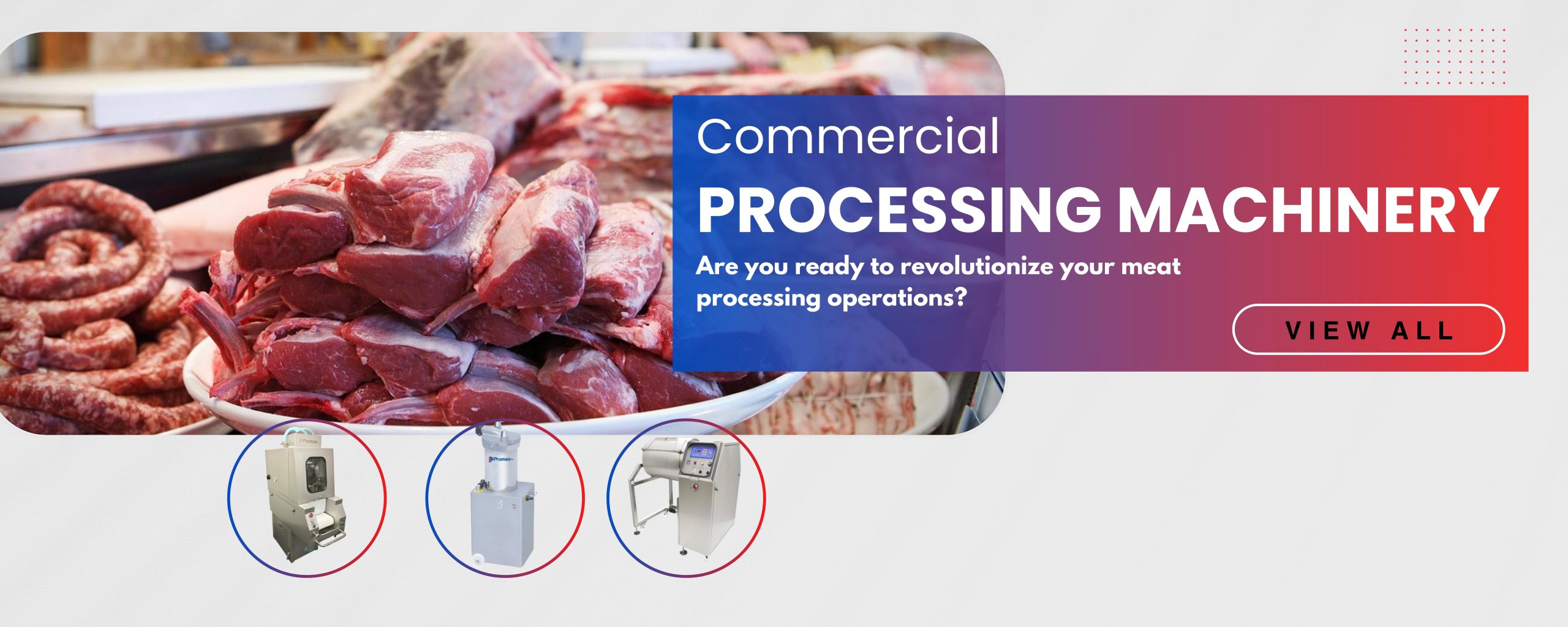Vacuum sealing technology has revolutionized the way we store, preserve, and package food and non-food items. Among the various types of vacuum sealers available in the market, single chamber vacuum sealers stand out as versatile, efficient, and highly reliable solutions for both commercial and industrial applications. In this article, we’ll explore everything you need to know about single chamber vacuum sealers, including their features, benefits, applications, and tips for choosing the right one for your needs.
What is a Single Chamber Vacuum Sealer?
A single chamber vacuum sealer is a type of vacuum packaging machine designed to remove air from a package and seal it within an airtight environment. Unlike external vacuum sealers, where the bag is placed outside the machine, single chamber vacuum sealers feature an enclosed chamber where the packaging process takes place. The item to be sealed is placed inside the chamber, and the machine uses a vacuum pump to extract air, ensuring the contents are securely sealed.
Single chamber vacuum sealers are particularly popular in industries like food processing, hospitality, and manufacturing due to their reliability and efficiency in sealing large quantities of products.
Key Features of Single Chamber Vacuum Sealers
- Enclosed Chamber Design
- The enclosed chamber ensures a consistent vacuum environment, making it easier to achieve a tight, professional seal.
- This design also allows for sealing liquids and moist items without the risk of spills.
- Adjustable Vacuum Settings
- Most single chamber vacuum sealers come with customizable vacuum and sealing time settings, allowing users to tailor the process to specific product requirements.
- Durable Construction
- Typically made from stainless steel, these machines are built to withstand the demands of commercial and industrial use.
- Wide Range of Bag Sizes
- Single chamber vacuum sealers can accommodate various bag sizes, making them suitable for packaging small and large items alike.
- Ease of Operation
- Many models feature user-friendly control panels and automated processes, reducing the need for extensive training.
Benefits of Using a Single Chamber Vacuum Sealer
- Extended Shelf Life
- By removing air and creating an airtight seal, vacuum sealing significantly slows down the oxidation process, preventing spoilage and maintaining product freshness.
- Improved Food Safety
- Vacuum sealing reduces the risk of contamination by eliminating the environment where bacteria and mold thrive.
- Cost-Effective Packaging
- By minimizing waste and extending shelf life, businesses can save money on inventory and reduce product losses.
- Versatility
- From meats and cheeses to electronics and medical supplies, single chamber vacuum sealers can handle a wide variety of products.
- Enhanced Presentation
- Vacuum-sealed packages have a sleek, professional appearance that appeals to customers and enhances brand perception.
Applications of Single Chamber Vacuum Sealers
Single chamber vacuum sealers are used across multiple industries for diverse applications:
1. Food Industry
- Meat and Seafood: Ensures freshness by preventing freezer burn and extending shelf life.
- Dairy Products: Protects cheeses and other dairy items from spoilage.
- Prepared Meals: Ideal for packaging ready-to-eat meals for restaurants and meal prep businesses.
2. Retail and Consumer Goods
- Protects items like clothing, electronics, and household goods from moisture and damage during storage or shipping.
3. Healthcare and Pharmaceuticals
- Used to securely package medical tools, devices, and supplies, ensuring sterility.
4. Industrial Applications
- Protects components and materials from corrosion, moisture, and contamination.
How to Choose the Right Single Chamber Vacuum Sealer
When selecting a single chamber vacuum sealer, consider the following factors:
1. Chamber Size
- Choose a machine with a chamber size that fits the largest items you plan to seal. Larger chambers offer more flexibility but may take up more space.
2. Vacuum Pump Power
- The vacuum pump’s power determines the speed and efficiency of the sealing process. For high-volume operations, opt for a machine with a robust pump.
3. Sealing Bar Length
- Ensure the sealing bar length matches your preferred bag sizes. Some machines come with dual sealing bars for increased efficiency.
4. Construction Material
- Look for stainless steel construction for durability and easy cleaning.
5. Automation Features
- Advanced models offer programmable settings, making them easier to operate and more consistent in performance.
6. Maintenance Requirements
- Consider models that are easy to maintain and come with accessible spare parts to minimize downtime.
7. Budget
- While single chamber vacuum sealers are an investment, prioritize quality and features over the lowest price to ensure long-term reliability.
Tips for Effective Use of Single Chamber Vacuum Sealers
- Use High-Quality Bags
- Invest in durable, vacuum-compatible bags to ensure a secure seal and avoid leaks.
- Pre-Freeze Liquids
- If sealing liquid-rich items, pre-freezing them can prevent spills and ensure a cleaner seal.
- Regular Maintenance
- Keep the machine’s vacuum pump, gaskets, and sealing bars clean and well-maintained to ensure optimal performance.
- Monitor Settings
- Adjust vacuum and sealing times based on the type of product being sealed to avoid over-compression or under-sealing.
Conclusion
A single chamber vacuum sealer is a game-changer for businesses looking to improve their packaging processes. Its ability to extend shelf life, maintain product quality, and enhance overall efficiency makes it an invaluable tool in various industries. By understanding the key features, benefits, and applications, you can make an informed decision when investing in a single chamber vacuum sealer. Whether you’re in the food industry, retail, or manufacturing, this versatile machine is sure to meet your packaging needs and boost your operational success.
